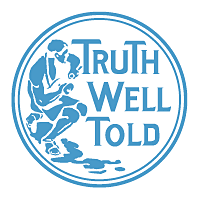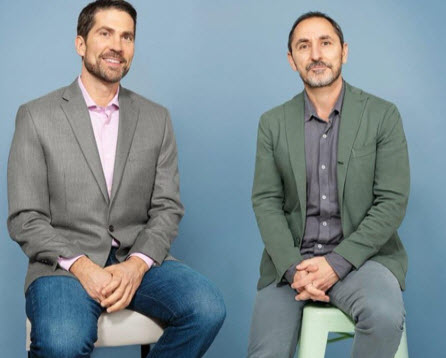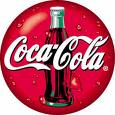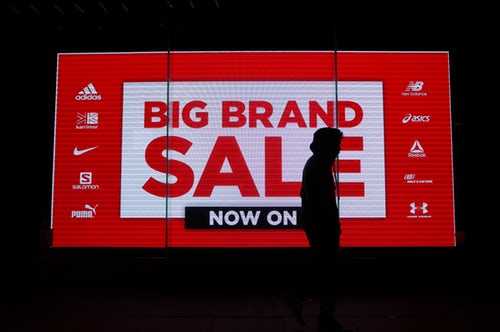Health Care Branding Writ Large.
 Here’s a little naming and branding exercise. There are three names for pretty much the same topical healthcare idea — all concerning extending healthcare for all Americans.
Here’s a little naming and branding exercise. There are three names for pretty much the same topical healthcare idea — all concerning extending healthcare for all Americans.
The Affordable Care Act
Obamacare
Medicare for All
Leave a comment as to which is the best sobriquet or brand.
The Affordable Care Act, was clearly a corporate-type construct. It is an “act” which means it’s government-approved. It’s “affordable,” in name, so it’s consumer-approved, albeit marketed. And contextually it’s about care.
Then there’s Obamacare. It’s fun, but reverential and politicized. On one side to the aisle today, it’s demonized…a magnet for associations shared by nattering nabobs of negativity. Lovers of the law mostly like the name. Certainly they like their namesake president.
Lastly, we have Medicare for all. Nice. Who doesn’t like Medicare? It’s sing-songy (All for one, one for all). It’s inclusive. And most importantly it’s easy to understand. People know what Medicare is and they know who “all” are.
People who actually understand what the Affordable Care Act is – an incentivized illness prevention program – see it’s upside and pitfalls, with an emphasis on the former. But consumers primarily see a name.
The power of the Medicare for All brand is so great that the opposition had to come up with a counter name. And they have done a pretty good job, “Socialized Medicine.”
Brand builders are getting smarter in healthcare. It’s a thing.
Peace.








